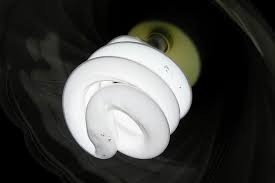- Joined
- Aug 19, 2016
- Messages
- 1,275
- Reaction score
- 832
- Location
- Mn
- Can others edit my Photos
- Photos OK to edit

When illuminated by a laser of the right blue-violet colour, the atom absorbs and re-emits light particles sufficiently quickly for an ordinary camera to capture it in a long exposure photograph.

You running a wide angle attachment on your cell phone?Pfffft. I can do the same thing. But with just my cell phone.
And with 147ee527 atoms!

Looking at this, it's not making sense. An atom is between 1/10 and 1/2 a nanometer in diameter (approximately). Based on the text of the article, the distance between the electrode and the "atom" is ~1mm, which by my estimation makes the atom about 1/50 - 1/100 of a mm in diameter. So... how does 0.01 - 0.000000001??????
